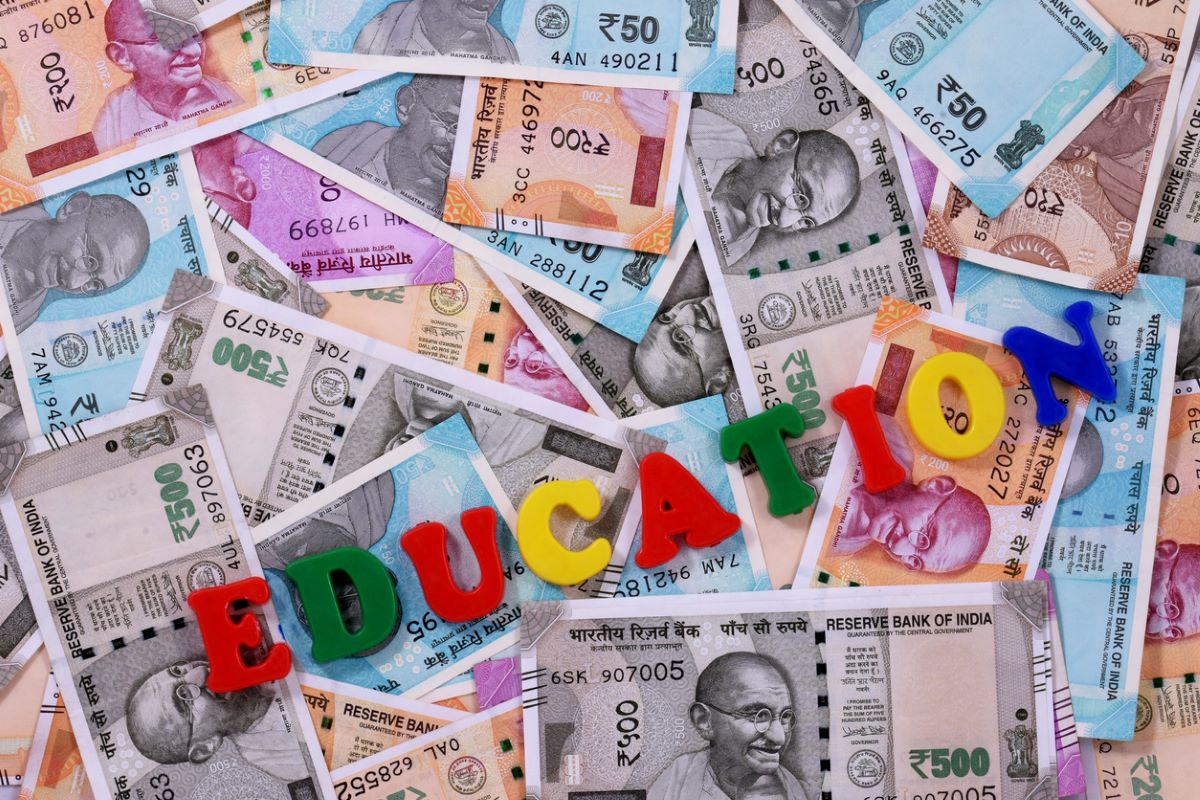While all aspects of socioeconomic development are important, education is arguably the most important in terms of securing a better future. Hence strong budgetary support for education has a crucial role in the overall development effort. This has become more important in recent times due to two additional factors.
Firstly, a number of new and encouraging initiatives have been announced as a part of the national education policy, including pre-school initiatives. These require additional financial commitments for proper implementation.
Advertisement
Secondly, the pandemic has brought new challenges and a more pressing need for improvements on the basis of urgency. For example, the water and sanitation arrangements in several schools need to be improved. Then there is the urgency of ensuring that children, particularly girls, do not drop out, and do not experience a fall-back in learning due to prolonged shut-down of schools. From several parts of the country, including the relatively richer areas, there have been reports that students earlier going to private schools are now coming to government schools in conditions of reduced household incomes. Therefore, government schools will need a higher allocation both to welcome the newcomers as well as to prevent drop-outs.
Under these circumstances, the union government should have helped state governments as well as shown the way to them by improving budget support for education in a significant way. Unfortunately, such improvement of budgetary support for the education sector, although keenly awaited, has not materialised yet and all eyes will be therefore on the Finance Minister on February 1 to see whether she is able to provide the much needed strength to the fragile base of our education.
Sceptics may point out, however, that similar hopes raised last year had remained largely unfulfilled. In fact, the budget for the main centrally-sponsored scheme for school education, called the Samagra Shiksha Abhiyan, had seen a significant reduction.
While the Budget Estimate (BE) for 2020-21 had been Rs. 38,751 crore, this declined to Rs. 31,050 crore in the BE of 2021-22 , a big setback for all those who had been anticipating a significant rise in this key scheme. What is more, the Revised Estimate for the year 2020-21 had also been cut in a very big way to Rs. 27,957 crore, a cut of over Rs. 9500 crore.
In new circumstances, the allocation for the National Scheme for Incentive to Girls for Secondary Education needed a boost. Instead, we saw BE of Rs. 110 crore for 2020-21 being cut to a revised estimate of just Re. 1 crore, and the BE for 2021-22 also being kept at this low amount of Re. 1 crore. These are the components of the union budget which have the most impact on poorer and more vulnerable students, and sadly these saw a significant decline.
The National Education Policy has recommended that education spending by the centre and states taken together should amount to about 6 per cent of GDP. However, the Union budgets have not yet been able to set the pace for this by fulfilling their part of the responsibility. In fact, during the last seven years the BE for education in union budgets has ranged between 0.49 per cent and 0.42 per cent, not even reaching 0.5 per cent. What is more, the lowest figure of 0.42 per cent was recorded in 2021-22 when the need for increase was the most pressing.
Another important aspect of the fragility of budgetary support for school education is that out of the Rs. 54,874 crore allocated for this in 2021- 22, Rs. 44,000 crore came from the Education Cess and Rs. 4,800 crore came from the National Investment Fund involving disinvestment measures.
Commenting on this unfortunate trend, a report of the Centre for Budget and Governance Accountability titled Budget in the Times of Pandemic has stated, “This implies that, over time, the gross budgetary support for education is declining, and the fate of allocation for the sector depends upon cess collection and disinvestment proceeds.” This reduction of core budgetary commitment to school education is extremely unfortunate and should get much higher attention. It is sad if to meet urgent requirements of providing education to all children we have to wait and see how much has been collected from disinvestment or from a cess.
What is more, many aspects of disinvestment have been widely discussed to be socially harmful, so why should school education funds be linked to disinvestment? If we look at the allocations for the Department of Higher Education, here also we see that there has been a reduction rather than a rise in recent times. In 2020-21, the BE for the Department of Higher Education was Rs. 39,467 crore and this was reduced to Rs. 38,350 crore in the BE of the next financial year 2021-22. What is more, in 2020-21 while preparing revised estimates there was a big cut of around Rs. 6,500 crore to Rs. 32,900 crore. All this taken together certainly makes a very strong case for significantly increasing the education budget as well as for strengthening core budgetary commitment to education.
(The writers are, respectively, a senior journalist and author, and a teacher of economics at the Lawrence School Sanawar, HP.)











